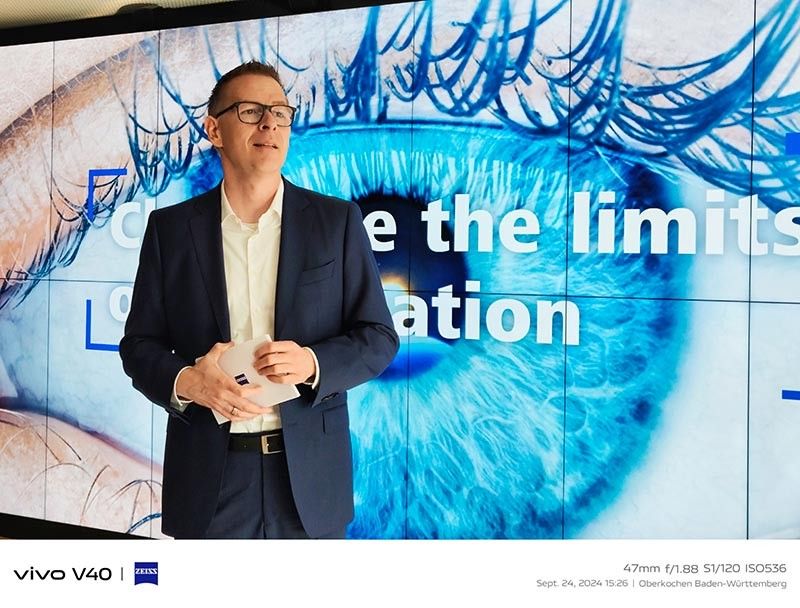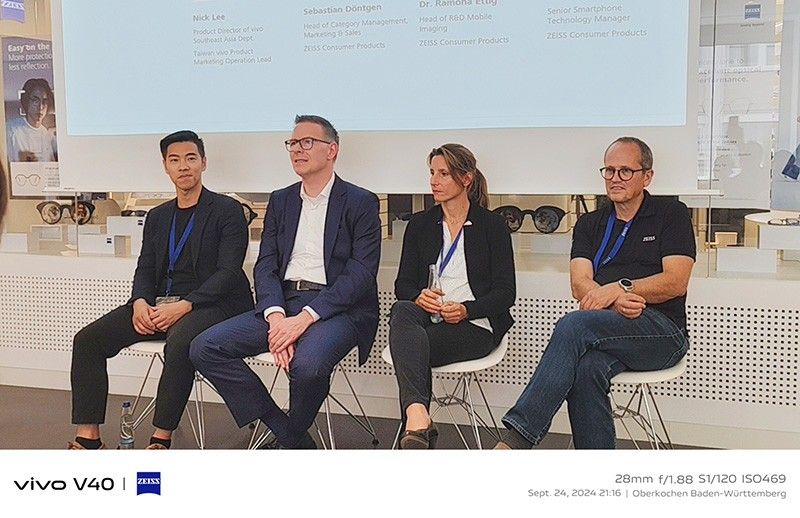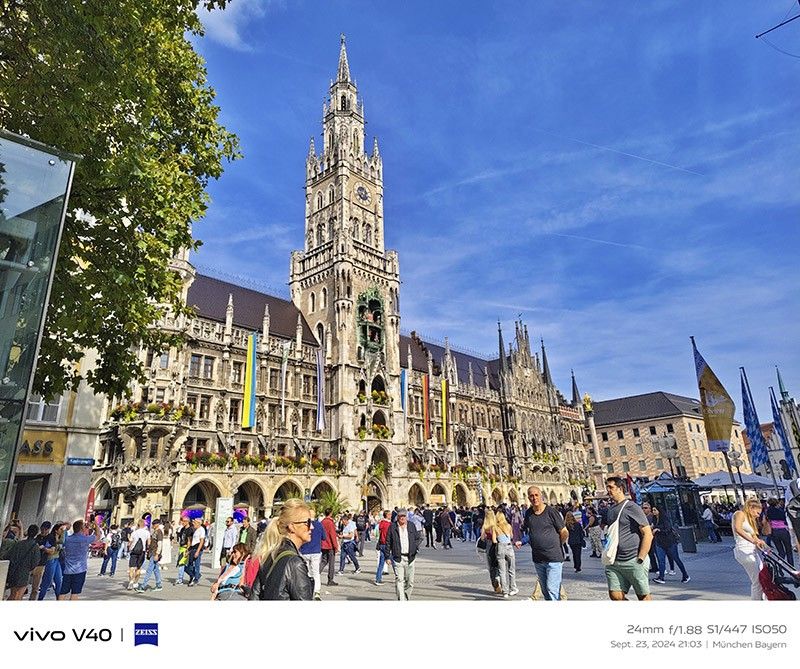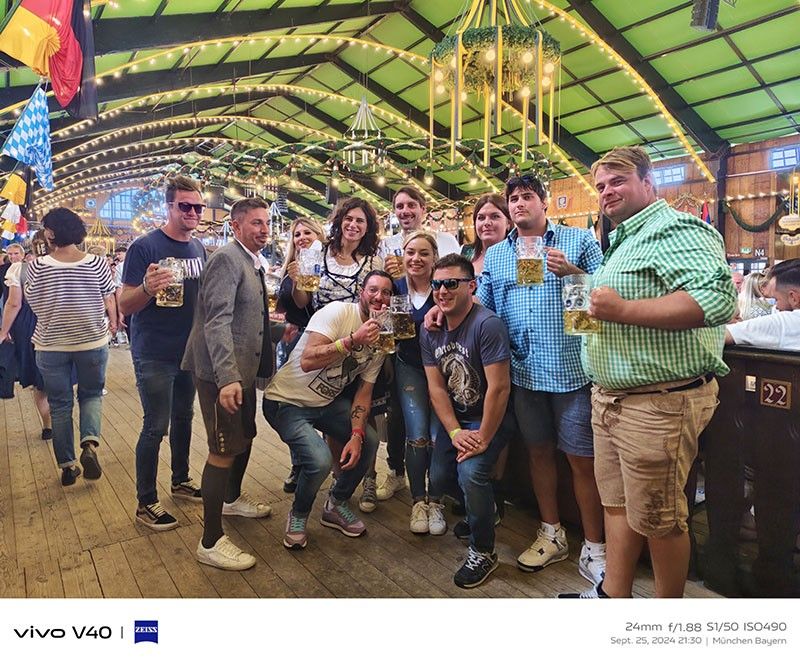How the Zeiss legacy is helping shape the future of mobile photography with vivo

MUNICH, Germany — In September across Germany, a cold breeze is already felt just as leaves begin to turn yellow and orange. Early in the morning or in the middle of the night, there’s a chance of light rains. Autumn is here.
At daytime, it’s the perfect weather to be at work—and actually enjoy what you do. Just like Bernd Presser, a local guide at the ZEISS Headquarters’ Museum of Optics in the town of Oberkochen.
On September 25, he gave perhaps his quickest tour—nonetheless as enthusiastic as he could—around the museum to still jet-lagged media representatives from Southeast Asia.
Our bunch was brought to the ZEISS HQ by vivo to discover how the two companies are collaborating and pushing the boundaries of mobile photography together.

And we just happened to be Presser’s visitors on his last day of giving tours at the museum. As the jolly man talked about the history of lenses and optics in various applications in the last two centuries, I immediately knew that he was a testament to the kind of company ZEISS was.
All of the people we met at the ZEISS HQ were as passionate as Presser, dedicating their life’s work to the pursuit of science and technology for humanity.
In fact, Sebastian Döntgen, head of Product Management and member of the Management Board, Consumer Products at ZEISS Group, shared in his welcome remarks that the group’s private ownership had been transferred to the Carl-Zeiss-Stiftung foundation since 1891—or just five decades after founder Carl Zeiss established the first workshop for microscopes in 1846.

He explained that this enabled ZEISS to operate independently and ensure longevity, as well as fund research and education particularly in natural sciences and engineering.
Hence, in the last 177 years, ZEISS expanded worldwide with a diverse portfolio of businesses in manufacturing optics, research microscopy solutions, ophthalmology and consumer products, among others.
Advancing cutting-edge mobile optics together
ZEISS’ legacy is also deeply rooted in its camera lenses, which it started producing as early as 1896, followed by countless innovations even to this day. The ZEISS brand ultimately became a trusted companion by photographers, and later on, filmmakers when it advanced to cine lens production.
In the age of mobile phones, ZEISS’ expertise in camera lenses has generated valuable partnerships with tech companies like vivo. Since 2020, they were able to co-engineer eight vivo flagship series, and produce 18 innovative features in 31 ZEISS-certified models.
The vivo V40 Series is the latest ZEISS co-engineered smartphones, boasting of professional portrait photography features.
RELATED: Want to master your portrait shots? Here’s a tutorial using Zeiss optics in new vivo V40

Their commitment to advance mobile optics is strengthened this year with a renewed, long-term. The recent vivo V40 Series Media Tour at the ZEISS HQ gave journalists and content creators from SEA an exclusive look into their joint research and development.
One of the persons in charge of R&D is Oliver Schindelbeck, senior smartphone technology manager at ZEISS Consumer Products. He leads the ZEISS team that works closely with counterparts at the vivo Headquarters in China.
This man knows surely knows about lenses, having worked for Carl ZEISS Eyeglass Lens at the beginning. His number of years at ZEISS: 32.
No doubt, he was the perfect person to tour us at their Mobile Imaging Lab and showcase how they innovate mobile imaging solutions—from perfecting sharpness and contrast to achieving auto-focus, reducing blur from, and even doing the impossible, removing flares.

As part of their testing, they would take tens of thousands of images for just one smartphone camera, multiplied by the number of vivo models they are currently developing. Of course, he also touched on AI for mobile imaging, which they also have to stay ahead of.
As someone who have worked on first-gen mobile phone lenses back in the early 2000s, Schindelbeck commented to Philstar.com, “No one expected the rapid development of smartphone cameras. Analog photography developed roughly 100 years. Then we had the first digital cameras in the 1990s. Mobile imaging in smartphone started in 2005. We had less than 20 years [and here is where we’re at].”
vivo is bringing ZEISS closer to more people
Thanks to the collaboration between vivo and ZEISS, users can capture high-quality, professional level photos with the V and even X Series.
Every shot taken using a ZEISS lens or feature, vivo is able to deliver a processed image with true colors, sharpness, and 3D pop (achieved with bokeh). These three, according to Ramona Ettig, head of Mobile Imaging at ZEISS, are what define the “ZEISS Look.”

Ettig, who gave a talk during the vivo tour, explained that the ZEISS Look was coined by pro photographers and filmmakers. To them, this specific ZEISS Look is what they get whenever they use ZEISS camera or cine lenses.
On the sidelines, she chatted with this author and enthused about how we ordinary consumers can experience the ZEISS Look with our own hands—minus the expensive camera and lenses—thanks to vivo.
“ZEISS is a very specialized brands for very specific things: like microscopic surgical machines, vision care, semiconductors, super high, precise optical industries,” she said. “When we partnered with vivo, we are able to bring our high-specialized lenses and the quality of our optics to every consumer.”
Moreover, working with vivo has also been a learning curve, even to the girl boss. “What we are not so experienced with right now is this mass manufacturing market; this very high-speed market of smartphones. That’s an area we can learn from vivo quite a bit. For us, knowing what kind of optical systems are to be developed for the future. . . vivo has been the best partner to learn from,” Ettig explained.

Ettig lastly underscored the role of smartphones to individuals, citing herself as an example. As a mom, she couldn’t even believe how many photos of her daughter she had already taken using her smartphone.
“Mobile imaging is everywhere, around us. Everybody is shooting so much content all the time. The ability to have it around with you all the time is so important to our current life already. So we really want to improve the quality of mobile imaging as far as we can,” she ended.
We knew exactly what she meant. That’s why ZEISS and vivo gave us the chance to capture memories of Munich in a photo walk.
Take a glimpse of Germany from these photos shot with the V40, co-engineered by vivo and ZEISS.







Editor’s Note: This #BrandSpace story is created with vivo. It is produced by the Advertising Content Team that is independent from our Editorial Newsroom.




















